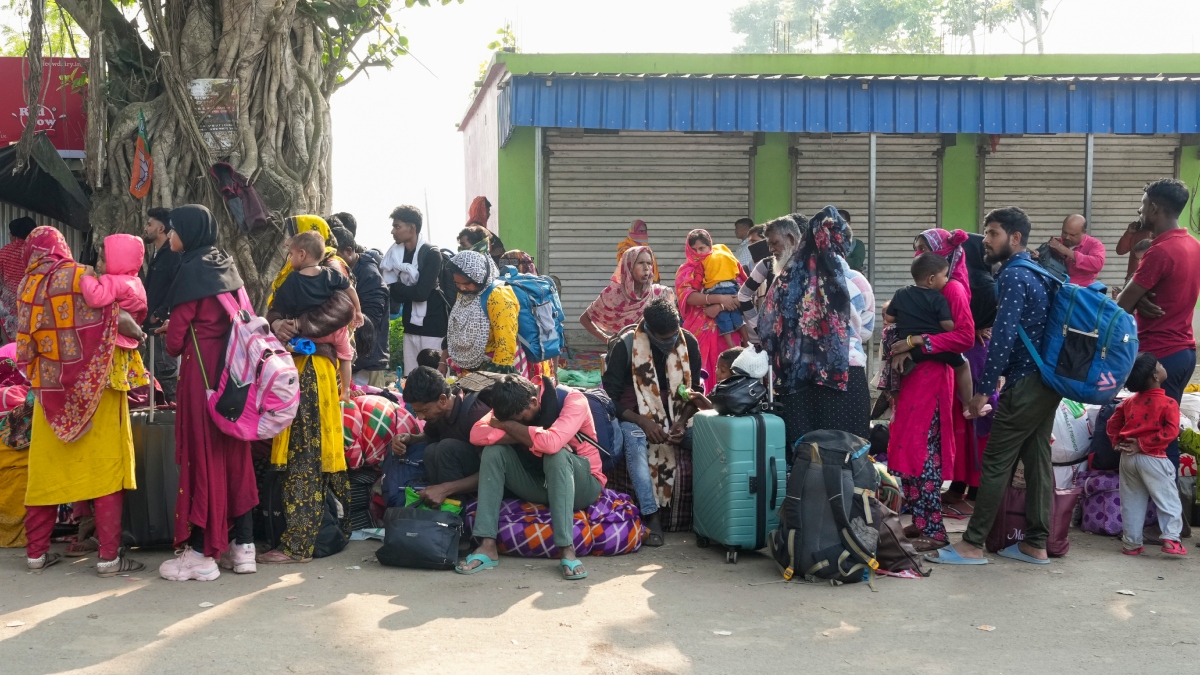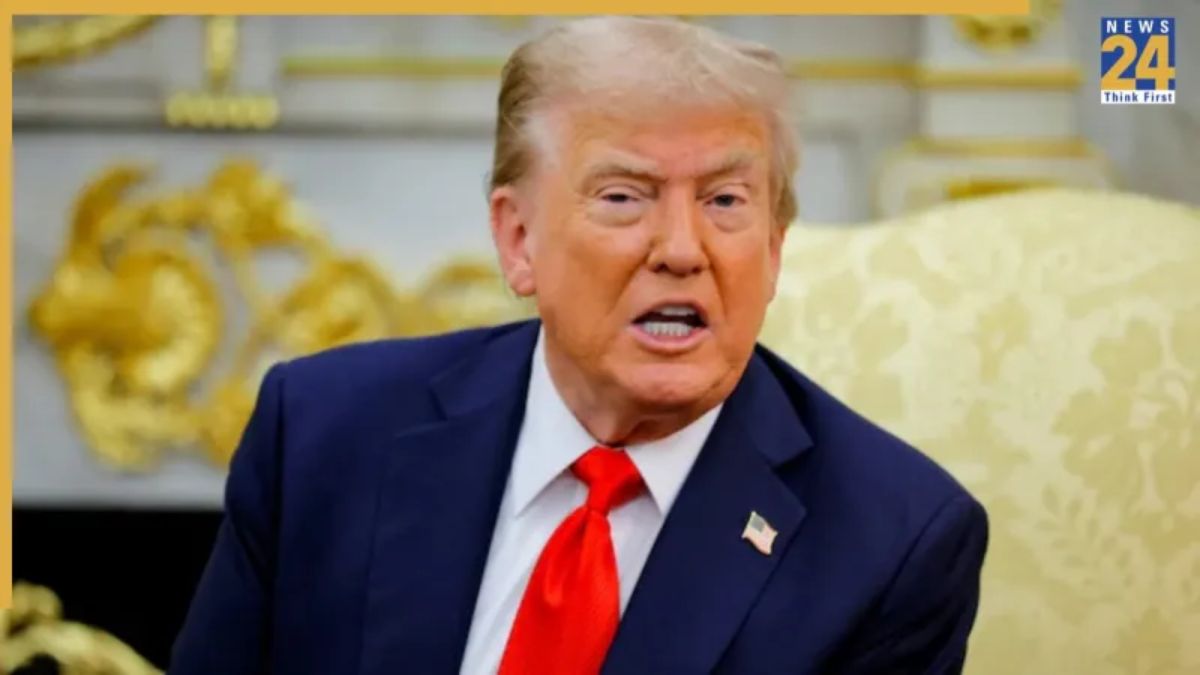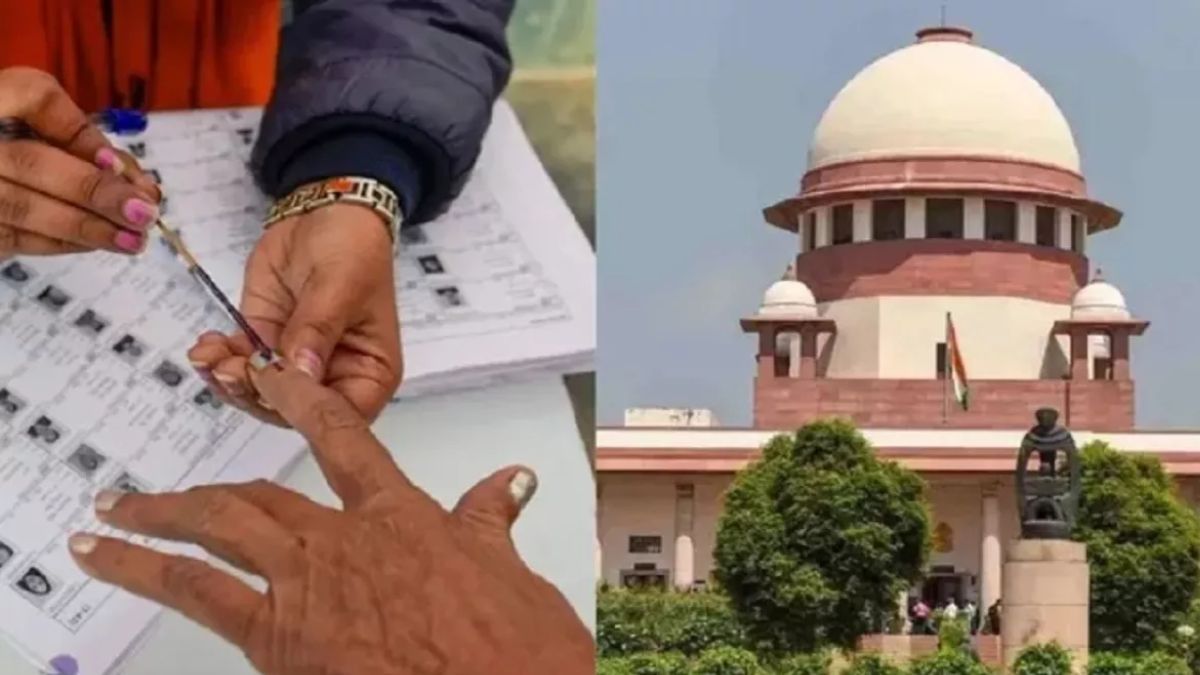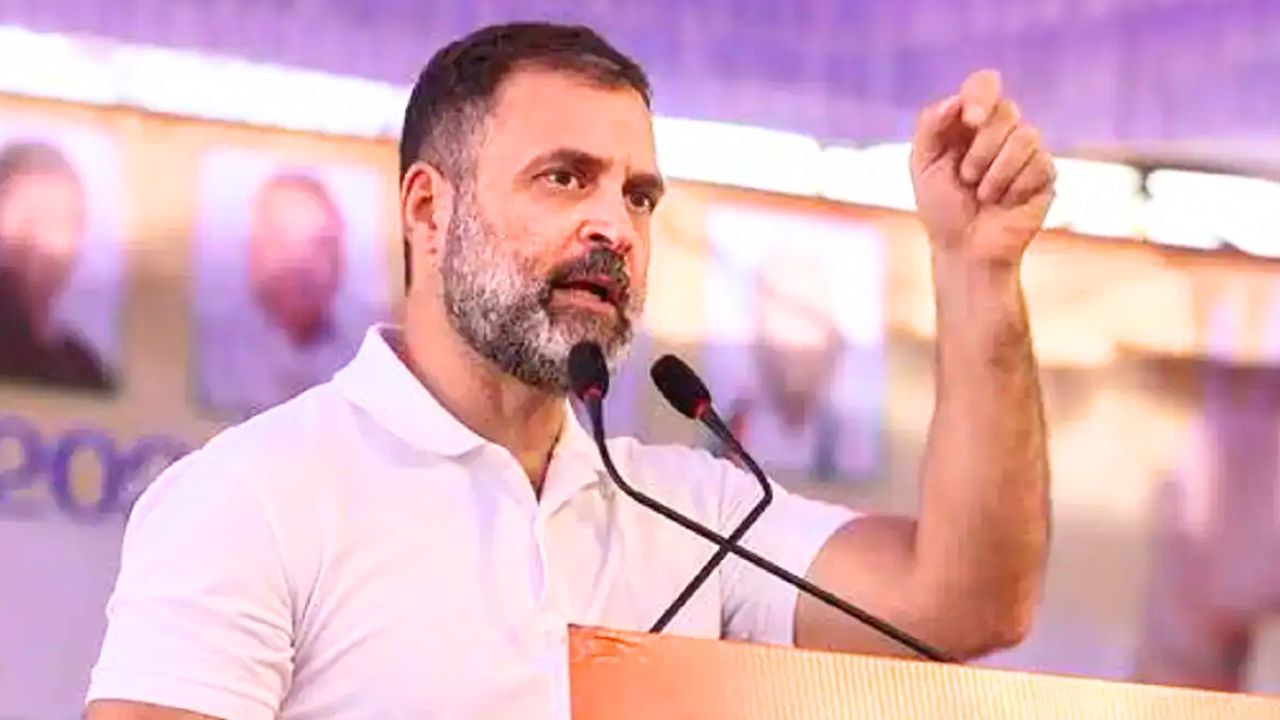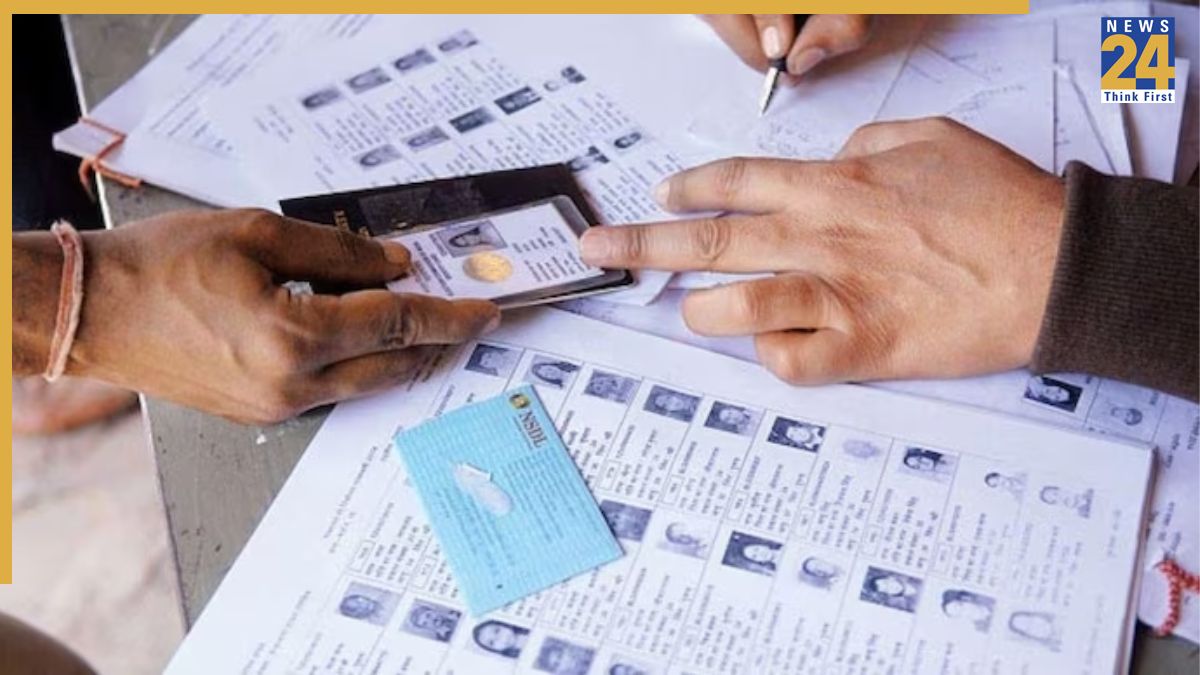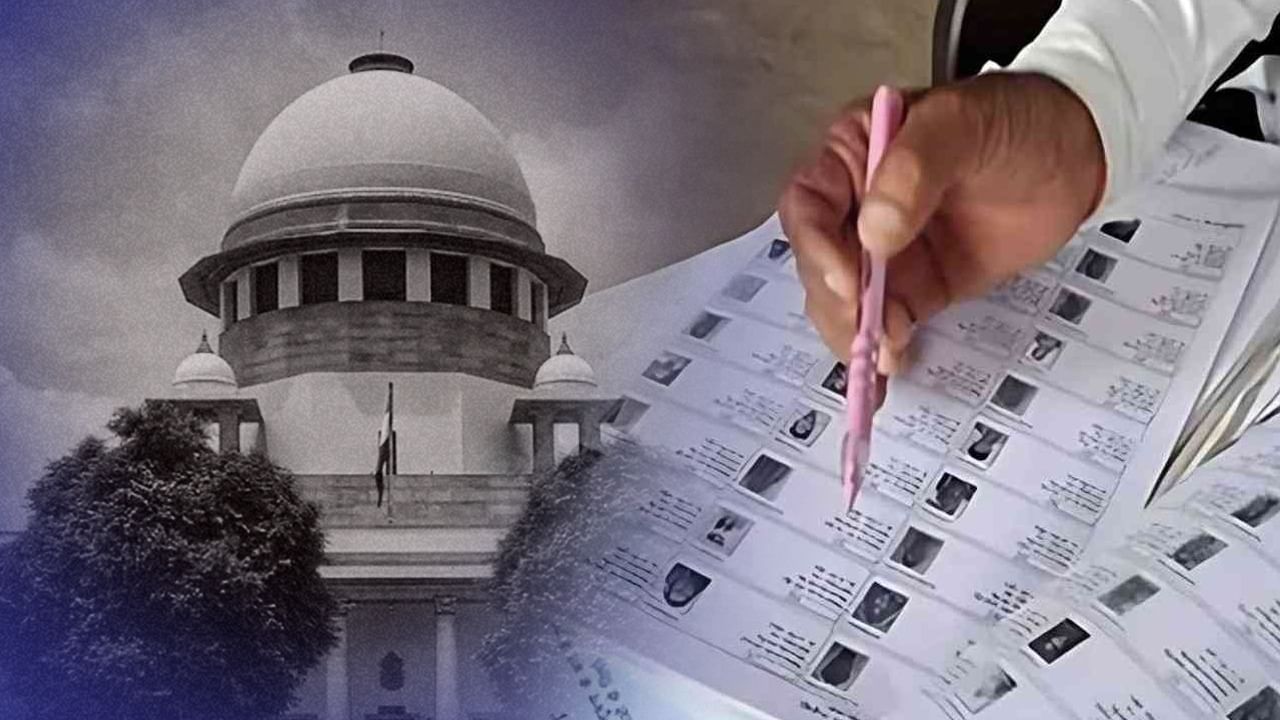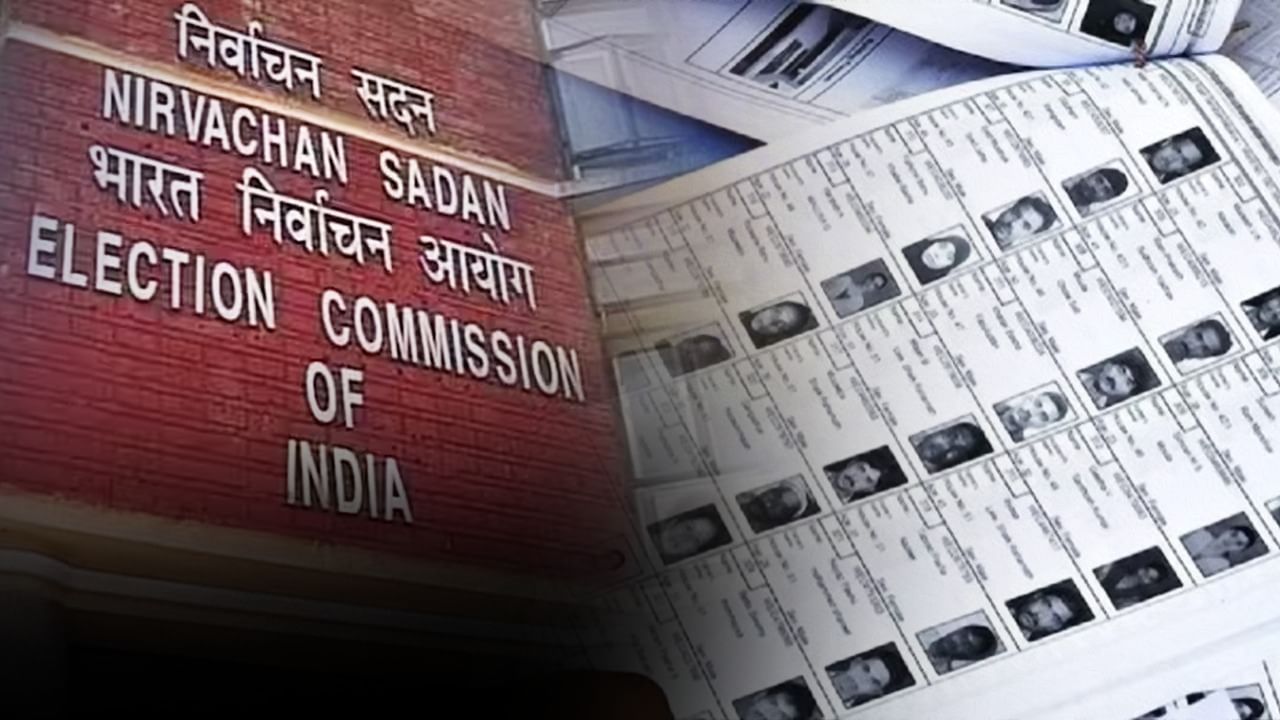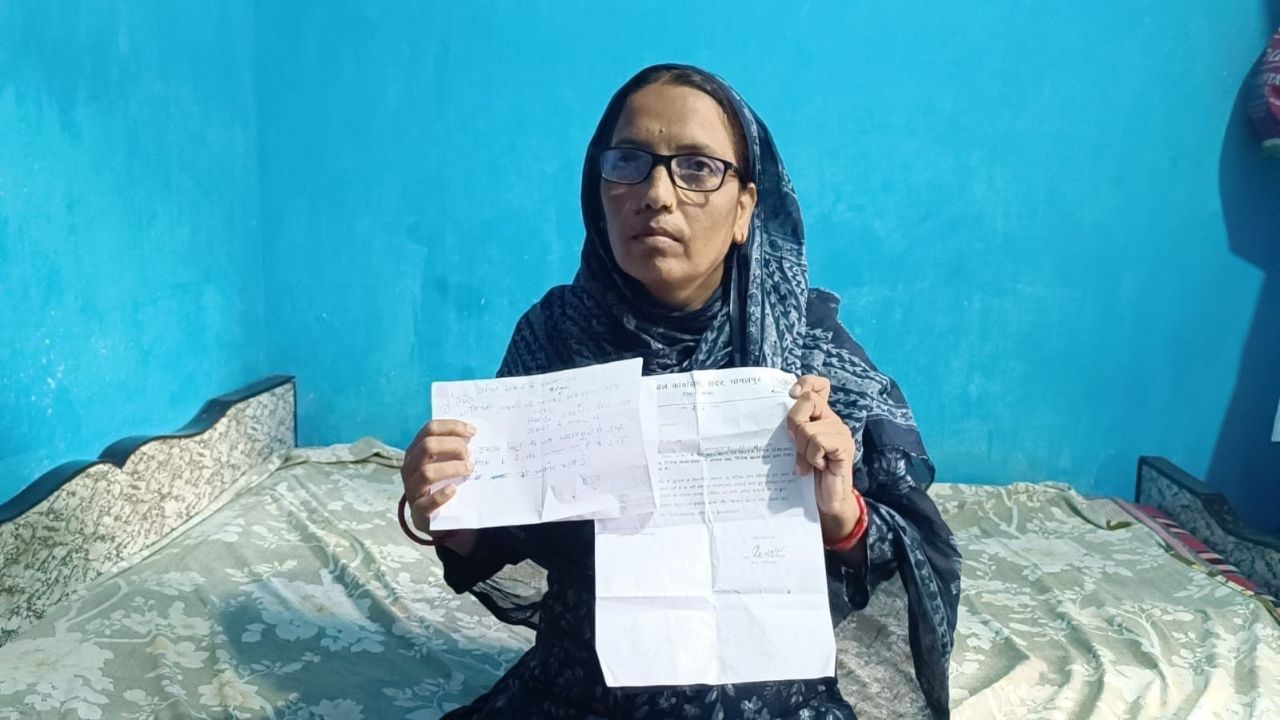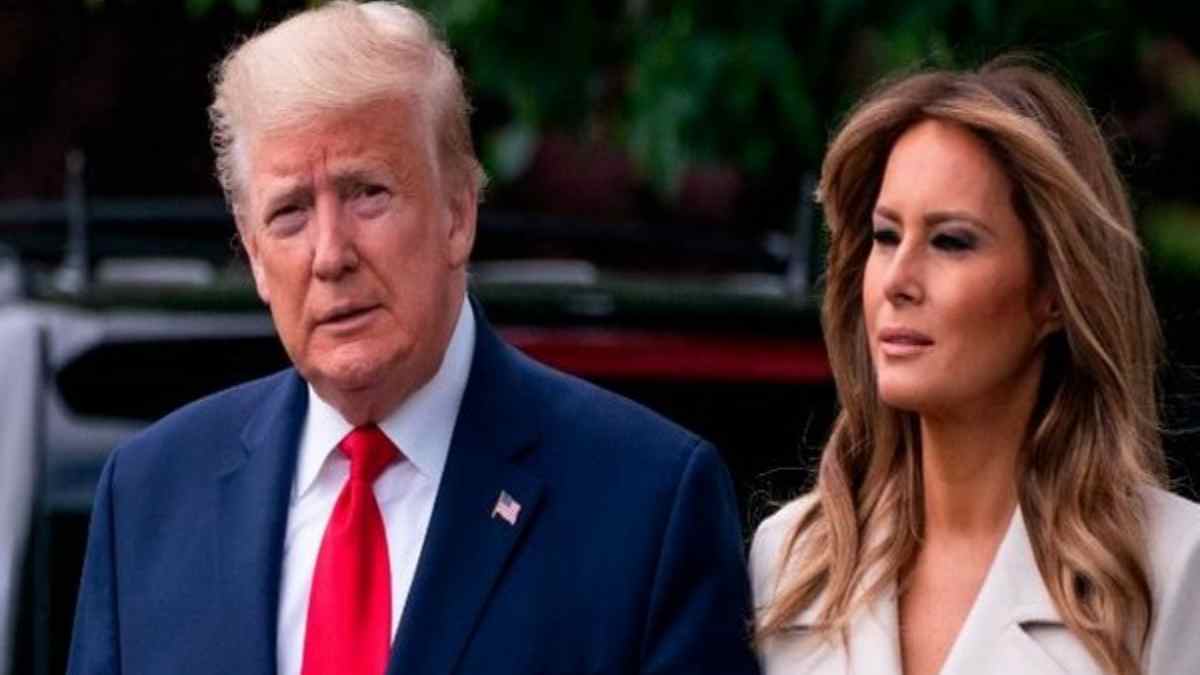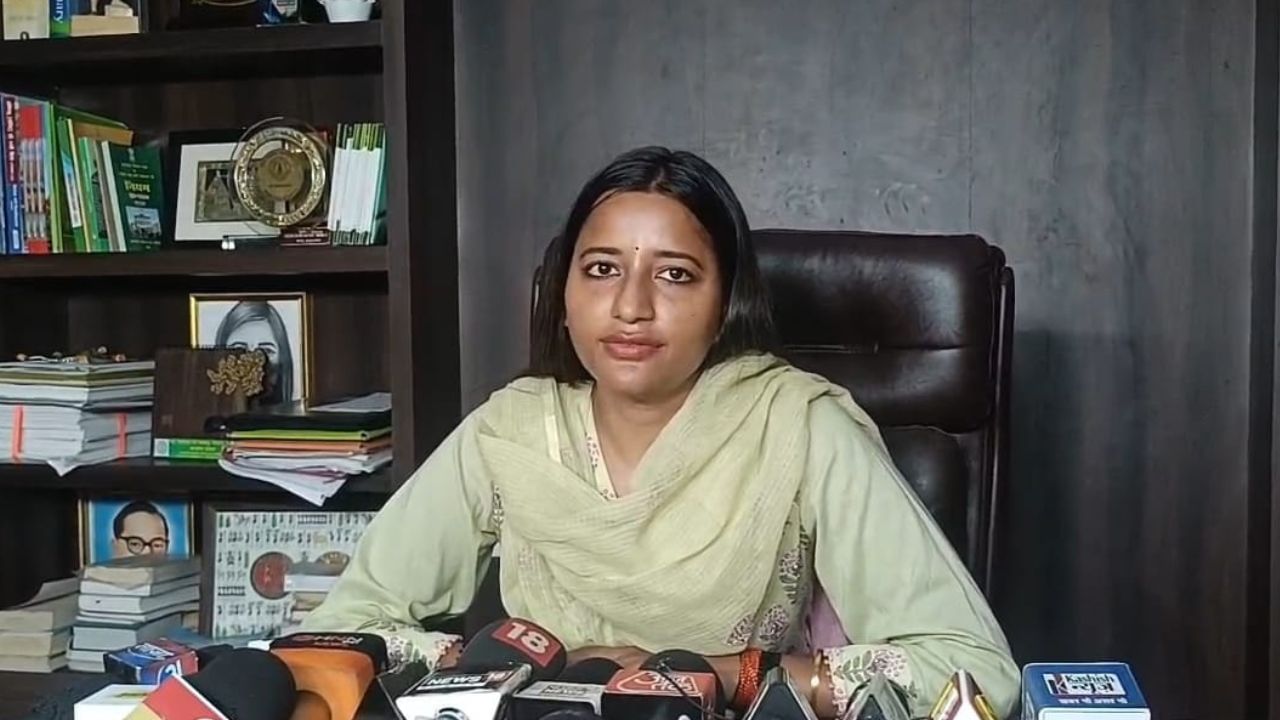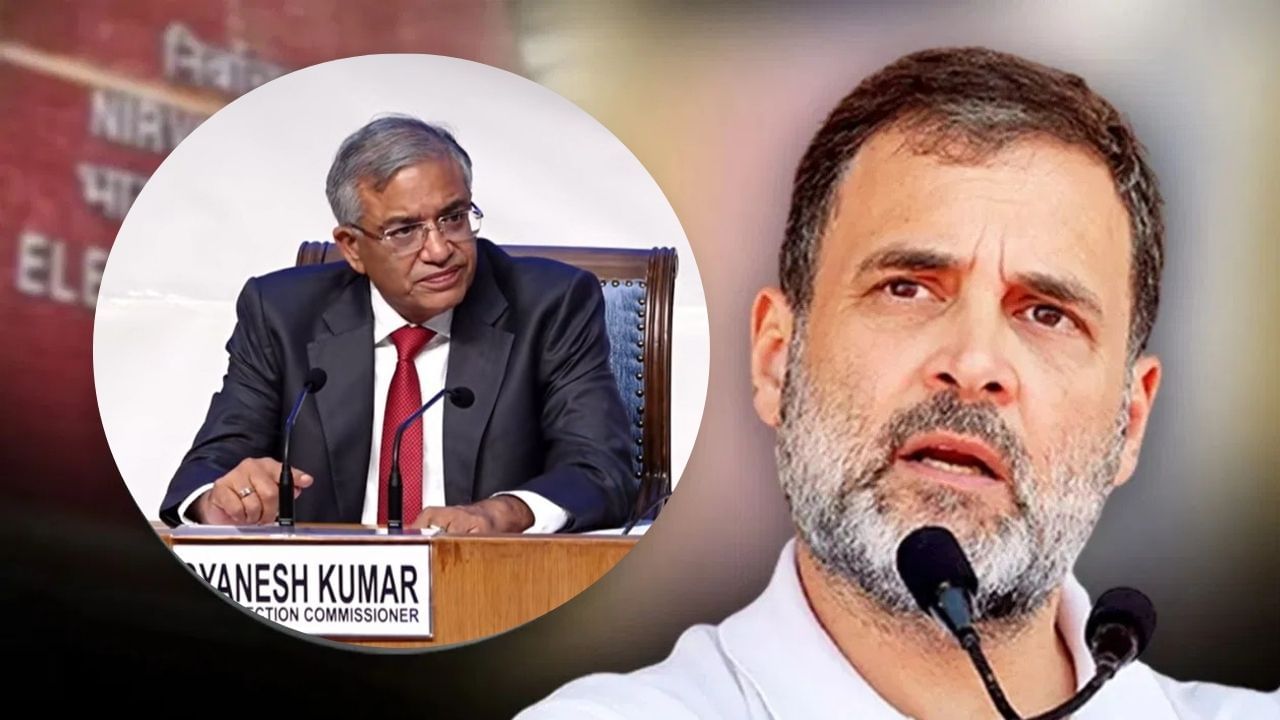Subscribe to Updates
Get the latest creative news from FooBar about art, design and business.
Browsing: Citizenship
The Supreme Court has made significant remarks regarding the Bihar SIR (Special Information Report). During a hearing on Monday, the court stated…
The Supreme Court has mandated the acceptance of Aadhaar cards as the 12th form of identification for voter inclusion in the Bihar…
The Enforcement Directorate (ED) has summoned a BJP worker from Karnataka who filed a petition in the Allahabad High Court alleging that…
An unexpected situation has arisen in Bihar, where two women holding Pakistani citizenship have been found listed in the draft voter list…
A controversy surrounds the ongoing Special Intensive Revision (SIR) of the voter list in Bihar. The process has sparked protests across the…
During a special intensive revision (SIR) campaign of the voter list in Bihar, Election Registration Officers (EROs) found discrepancies in the documents…
A startling case has emerged from the Bhagalpur district of Bihar, India, where two women who arrived from Pakistan in 1956 have…
Mamata Banerjee Vows to Fight BJP ‘Inch by Inch’ Over Voter List Concerns and Citizenship Claims
Addressing a public rally, West Bengal Chief Minister Mamata Banerjee strongly criticized the central government, accusing the BJP of unjustly labeling Bengalis…
Deportation Petition Targets Melania Trump, Raising Questions About Naturalized Citizen Policy
A petition circulating on MoveOn, a progressive advocacy platform, calls for the deportation of First Lady Melania Trump, her parents, and son…


